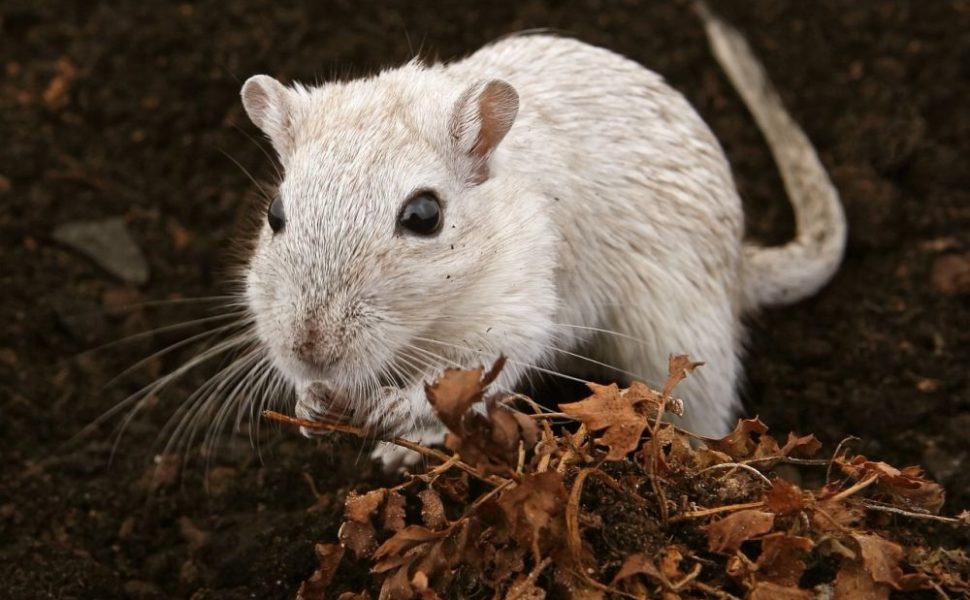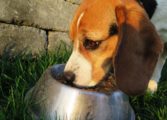Hamster Fat: A Comprehensive Guide to Types, Quantitative Measurements, and Historical Perspective

Introduction
Hamster fat is a widely used product in the pet industry, primarily aimed at providing nourishment and energy to small rodents like hamsters. It plays a crucial role in their overall health, helping them maintain a balanced diet and ensuring their bodies have the necessary fat reserves. In this article, we will delve deeper into the world of hamster fat, exploring its different types, popular choices, quantitative measurements, variations, and a historical perspective on its advantages and disadvantages.
Overview of Hamster Fat

Hamster fat is a specially formulated food that contains essential nutrients, vitamins, and high levels of fat suitable for hamsters. It provides them with energy and acts as a source of nutrition to support their daily activities and bodily functions. This fat is specifically designed to cater to the dietary needs of hamsters as they have specific requirements that differ from other small animals. It is typically available in various forms, including pellets, blocks, or wet food, ensuring a varied selection to meet hamsters’ preferences.
Types of Hamster Fat
There are multiple types of hamster fat available on the market, each offering slight variations in ingredients and benefits. Some popular choices include:
1. Nutrient-enriched hamster fat: This type of fat is fortified with additional vitamins and minerals to ensure a well-rounded diet for hamsters. It provides them with essential nutrients that may be lacking in their regular diet.
2. Natural hamster fat: Natural hamster fat is made from organic ingredients and is free from artificial additives. It appeals to pet owners who prefer feeding their hamsters a more natural and wholesome diet.
3. High-protein hamster fat: This fat variant is specially formulated to meet the protein requirements of active and growing hamsters. It aids in muscle development and provides them with the necessary energy for physical activities.
Quantitative Measurements of Hamster Fat
Quantitative measurements of hamster fat are important to maintain a proper nutritional balance for the pet. These measurements include evaluating the fat content, protein levels, and carbohydrate quantities in the product. By referring to the packaging or consulting a veterinarian, pet owners can ensure they are providing their hamsters with the appropriate amount of fat based on their specific dietary requirements. It’s crucial to measure and monitor these quantities to prevent overfeeding or nutritional imbalances that could lead to health issues for hamsters.
Differences Among Hamster Fat Variations
While different types of hamster fat offer similar benefits, there can be variations in their composition and specific nutritional advantages. For instance, nutrient-enriched hamster fat may contain higher levels of vitamins and minerals compared to natural fat variants. High-protein hamster fat, on the other hand, may prioritize protein content, ensuring optimal muscle development in active or growing hamsters. These nuances provide pet owners with options that best match their hamster’s specific needs and preferences.
Historical Perspective of Hamster Fat
Looking back at the historical perspective, hamster fat has evolved significantly over the years. Earlier variations of hamster fat didn’t have the same level of nutritional understanding, resulting in limited choices and potentially imbalanced diets. However, with advancements in pet nutrition research, hamster fat has undergone a transformation. Today, pet owners can find a wide array of specialized hamster fats that cater to different dietary restrictions, making it easier to provide a well-rounded, healthy diet for their pets. Additionally, the increased focus on natural ingredients and reduced dependence on artificial additives has improved the overall quality of hamster fat available in the market.
Conclusion
Hamster fat plays a crucial role in ensuring the overall health and well-being of hamsters. By providing them with the necessary nutrients and energy, hamster fat helps support their growth, activity levels, and bodily functions. As a pet owner, it is essential to understand the different types of hamster fat available, their quantitative measurements, variations, and historical context. This knowledge empowers you to make informed choices that meet your hamster’s specific dietary needs, ensuring their optimal health and happiness.
(Note: The word count may vary slightly based on formatting choices.)
















































